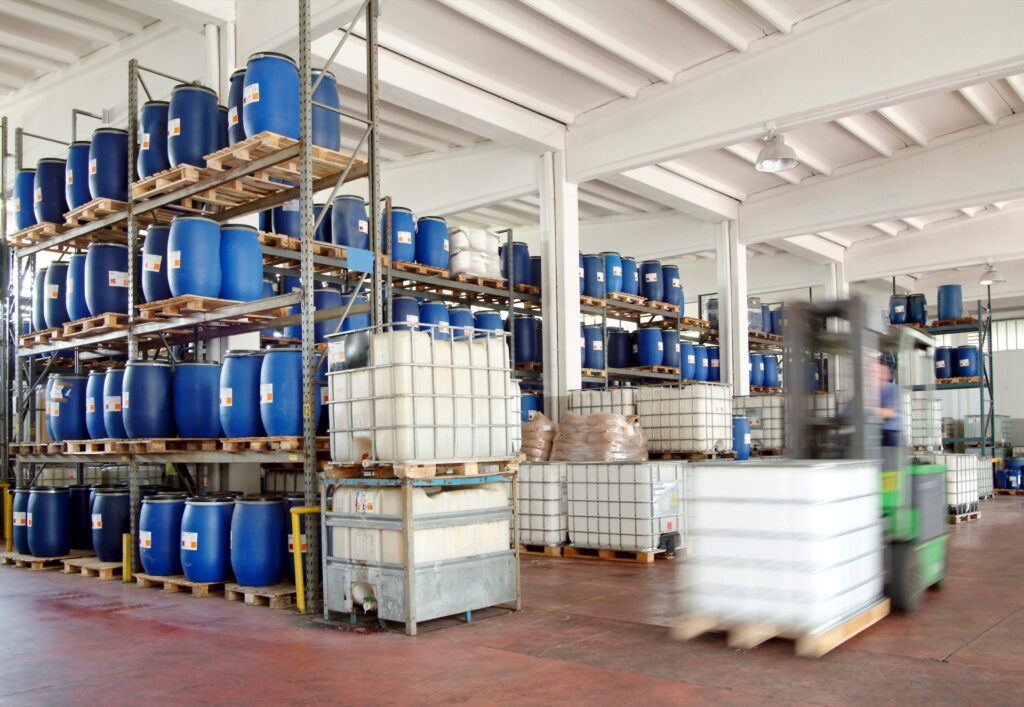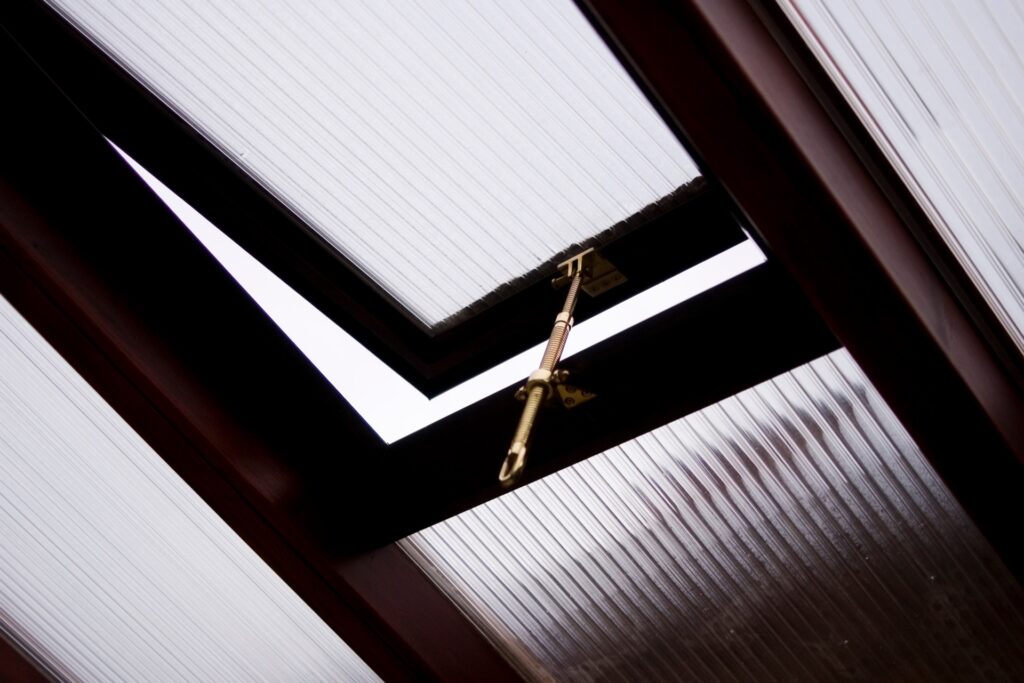Plastics have quickly become one of the most essential materials in modern applications. The material, however, isn’t made from a single resource and comes in a wide range of types. This includes both acrylic and polycarbonate plastic—2 highly popular kinds. Choosing between acrylic or polycarbonate plastic can be challenging though, as each type possesses its own benefits and drawbacks.
Below, we break down the major differences between the two and some of the common applications of both polycarbonate and acrylic plastic.
The Benefits and Drawbacks of Acrylic Plastic
You might not have heard about acrylic plastic itself, but you’ve likely seen or heard of the brands that it’s marketed under like Plexiglas™️. This kind of plastic has several highly advantageous properties that lend to its widespread use.
For instance, acrylic plastic is highly durable and resistant to scratches and dents. In fact, it has 17x the impact resistance of glass. The plastic is also insusceptible to yellowing or discoloration from the sun, comes in a wide range of colours, and even has better light transmittance than glass at 92%! Most notably, compared to polycarbonate plastic, it’s also more affordable and can actually be recycled.
However, acrylic plastic does have some drawbacks. It’s more rigid compared to polycarbonate plastic also making it more likely to chip. Plus, it has a greater chance of cracking during drilling or upon impact. Although it is a kind of thermoplastic, acrylic plastic should never be exposed to open flames.
The Benefits and Drawbacks of Polycarbonate Plastic
Polycarbonate plastic is often used for its excellent strength and resistance to a wide variety of chemicals, including acids. While it doesn’t have quite the same level of light transmittance as acrylic plastic, polycarbonate plastic still benefits from 88% light transmittance making it useful when transparency for applications is important.
As alluded to previously, polycarbonate plastic is strong, very strong. It has 250x the impact resistance of glass and is 30x stronger than acrylic plastic. In addition, it has a low level of flammability, making it an ideal choice for applications where the risk of fire is much higher.
Although polycarbonate plastic has many useful benefits, like acrylic plastic, it also has some drawbacks. Although it does have high impact resistance, it does dent and scratch easily and cannot be polished. It’s also less affordable than acrylic plastic and is really more translucent than transparent compared to acrylic plastic.
Common Applications of Acrylic Plastic and Polycarbonate Plastic
Both kinds of plastic span a massive range of industries in specific applications so it’s not easy to say that one industry is dominated by a single type.
Common Acrylic Plastic Uses
- Furniture
- Signage
- Spectator protection for ice hockey rinks
- Windows and glass substitutes
- Medical technologies and implants
Common Polycarbonate Plastic Uses
- Bullet-resistant windows
- Skylights
- Electronic components
- Machinery guards
- Construction materials
Overall, while both kinds of plastic can be used in a wide variety of situations for many purposes, each type has its own benefits and drawbacks that make it better suited for certain applications over others.

